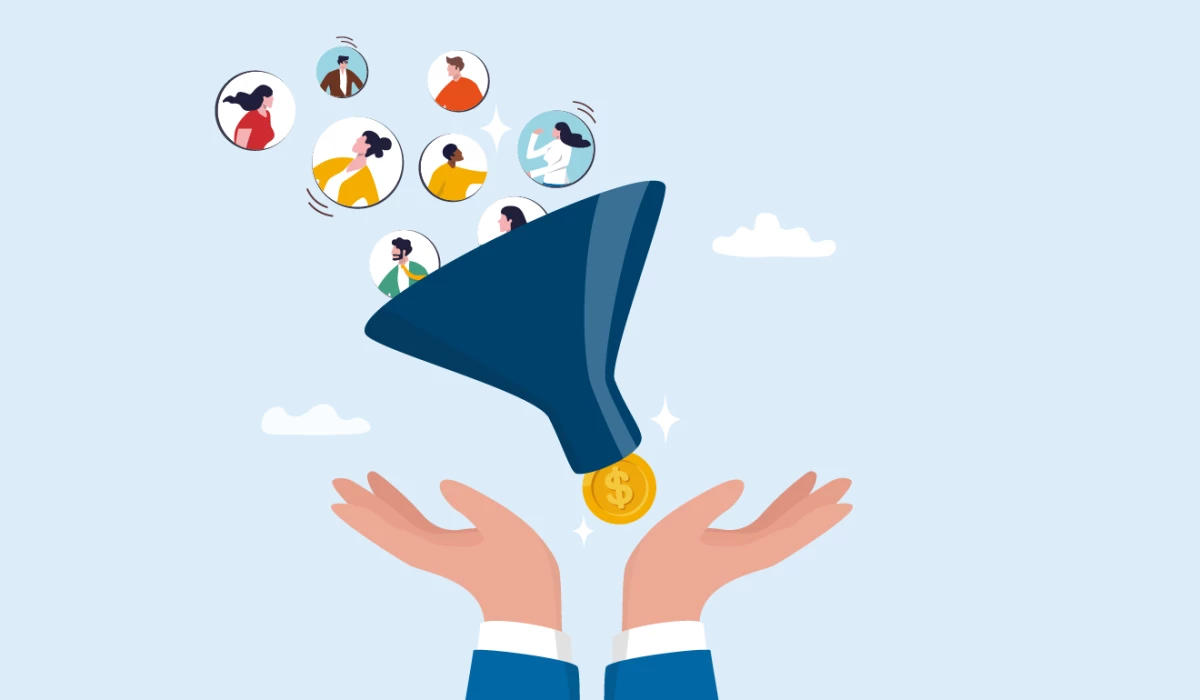
The marketing funnel serves as a roadmap, guiding potential customers through distinct stages of their buying journey, from initial awareness to eventual conversion. In this comprehensive guide, we'll delve into the layers of the marketing funnel, explore the communication objectives at each stage, and highlight the most effective content and platforms to leverage along the way.
Layers of the Marketing Funnel:
Awareness Stage: The top of the funnel represents the awareness stage, where potential customers first become acquainted with your brand. At this stage, the primary objective is to cast a wide net and capture the attention of your target audience.
Consideration Stage: Moving down the funnel, we enter the consideration stage. Here, potential customers have shown interest in your offerings and are actively evaluating their options. The goal is to provide valuable information and resources to guide them toward choosing your brand.
Conversion Stage: At the bottom of the funnel lies the conversion stage. This is where leads transition into paying customers. The focus shifts to closing the deal by providing compelling incentives and facilitating a seamless purchasing experience.
Communication Objectives at Each Stage:
1. Awareness Stage:
Increase brand visibility and reach.
Spark curiosity and interest in your offerings.
Establish brand authority and credibility.
2. Consideration Stage:
Educate prospects about your products or services.
Showcase your unique value proposition.
Build trust and rapport with informative content.
3. Conversion Stage:
Encourage prospects to take action, such as making a purchase or signing up for a trial.
Provide irresistible offers or promotions to incentivize conversion.
Remove friction points and simplify the buying process.
Content and Platforms at Each Stage:
1. Awareness Stage:
Content: Engaging blog posts, eye-catching infographics, and shareable videos.
Platforms: Social media channels (Meta, Instagram, X), content discovery platforms (Taboola, Outbrain), and display advertising.
2. Consideration Stage:
Content: In-depth guides, product demonstrations, customer testimonials, and comparison articles.
Platforms: Company blog, YouTube, LinkedIn, and email newsletters.
3. Conversion Stage:
Content: Product demos, limited-time offers, customer success stories, and personalized recommendations.
Platforms: Website landing pages, email marketing campaigns, retargeting ads, and live chat support.
Mastering the marketing funnel will help you drive conversions and cultivate enduring customer relationships. By strategically aligning communication objectives with tailored content and appropriate platforms at every stage of the funnel - awareness, consideration, and decision - your business can effectively navigate prospects through the intricate buyer's journey. This approach not only enhances engagement but also amplifies brand loyalty and customer satisfaction.
